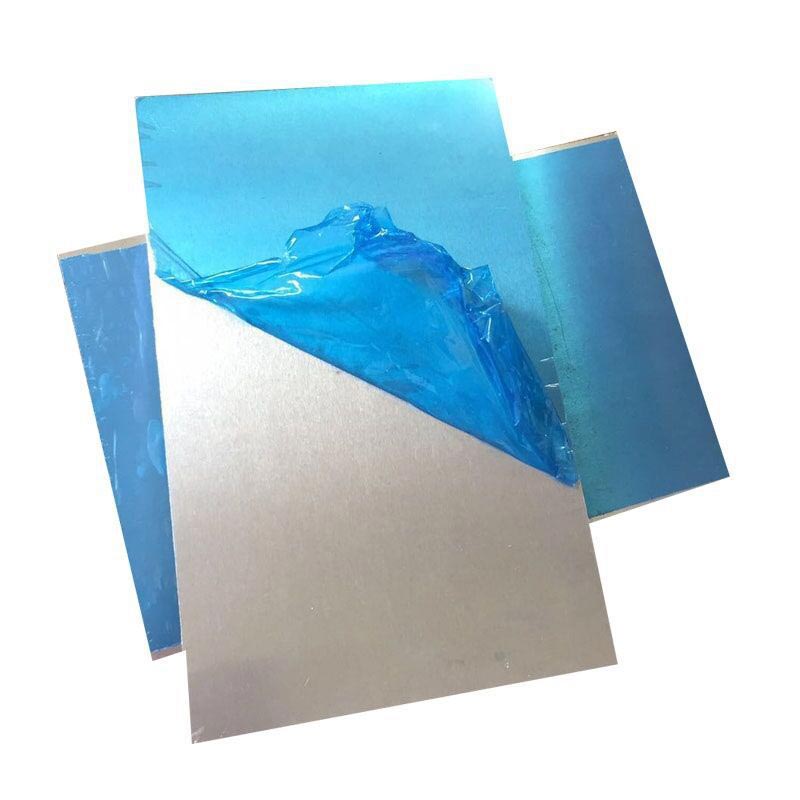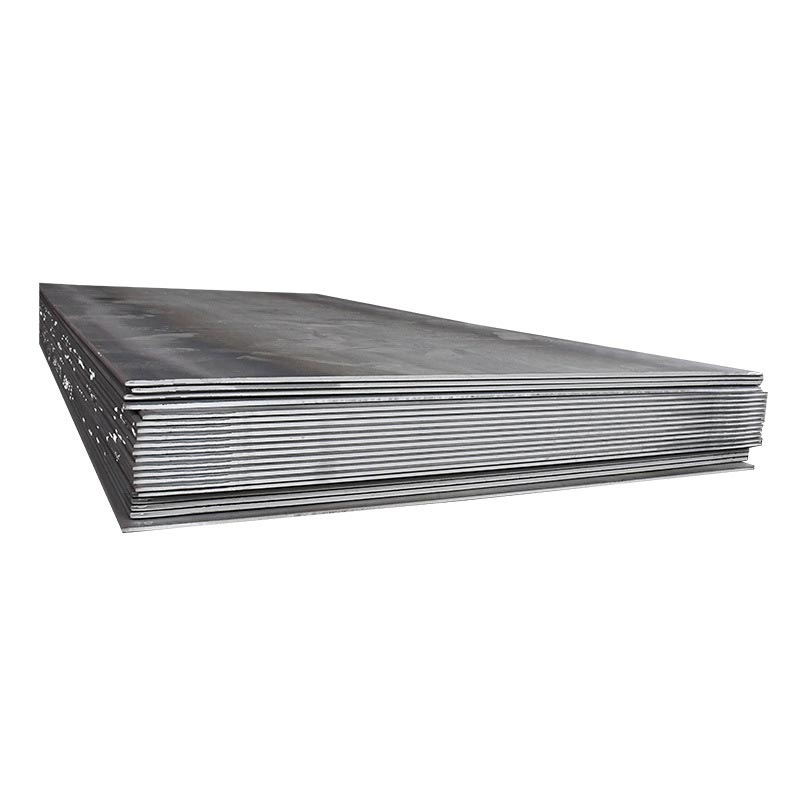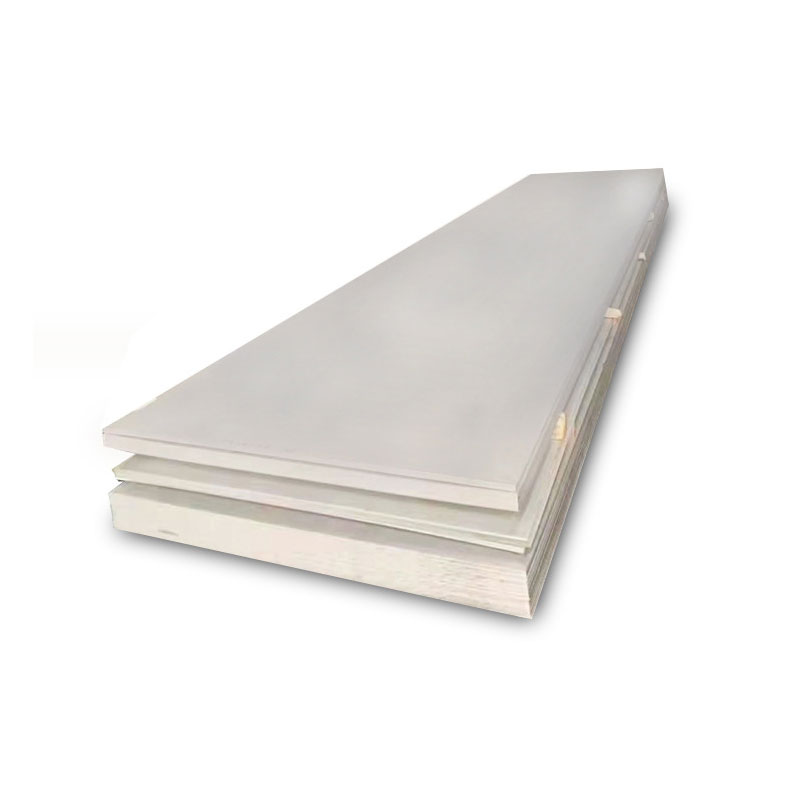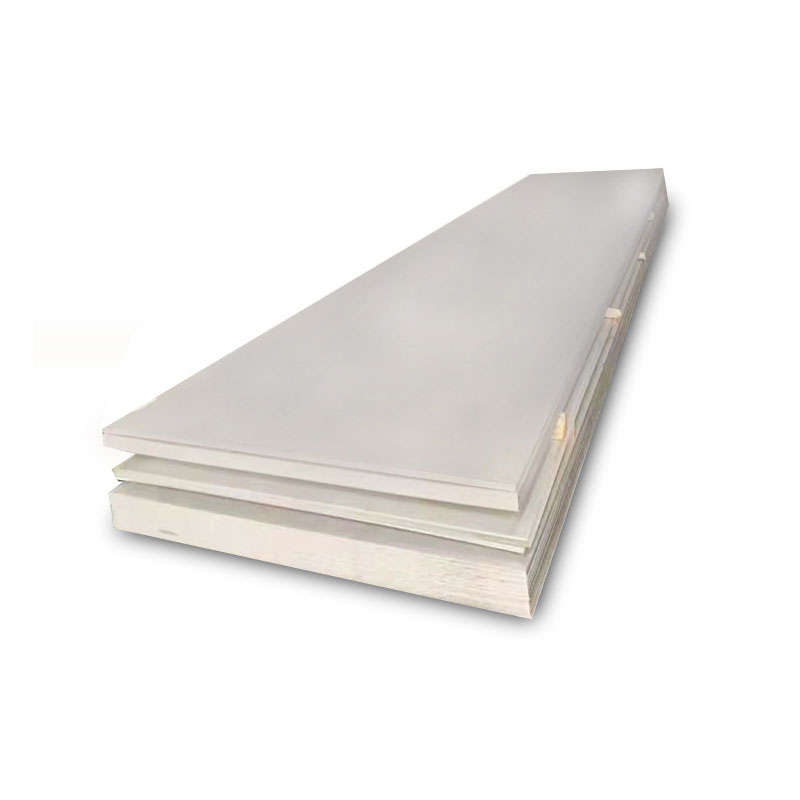Special attention must be paid to these issues during the welding of stainless steel tubes
Special attention must be paid to these issues during the welding of stainless steel tubes
Stainless steel tubes are manufactured by coiling steel plates or strips using machinery and molds, followed by welding. The key to ensuring the quality of stainless steel tubes lies in the quality of the raw materials. Therefore, all raw materials delivered to the factory must undergo inspection before use, including visual inspection, width measurement, and checking for uniform thickness. Additionally, chemical composition and tensile tests are conducted. Only after passing these inspections can the materials be put into normal production. However, in the actual production of stainless steel tubes, various issues often arise.
During the welding process at stainless steel tube manufacturers, common problems include unqualified welds, lack of penetration or burn-through, cracks, and porosity. Specifically:
Unqualified Welds
Due to improper selection of welding parameters or unskilled operation, the welds may exhibit uneven height and width, resulting in poor weld formation. The backside of the weld may be concave, leading to excessive weakening of the weld and insufficient strength.
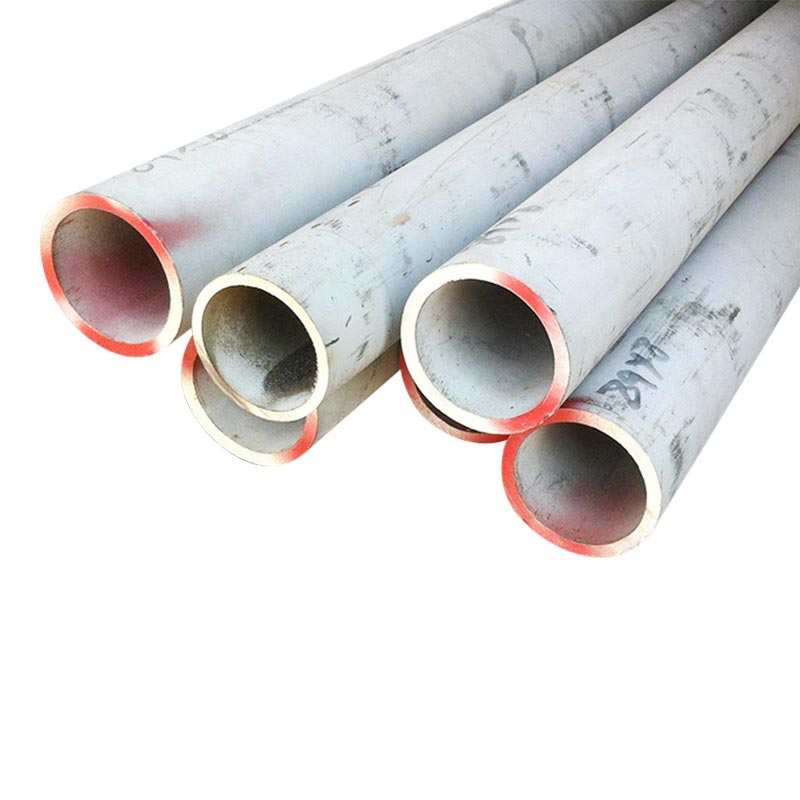
Lack of Penetration or Burn-Through
Lack of penetration is mainly caused by the following reasons: first, the current is too low; second, unskilled operation with excessively fast welding speed and small joint gaps; third, an excessively long arc or misalignment of the arc with the weld. If the welding wire and base metal fail to fuse properly or localized lack of fusion occurs in the weld metal, the affected area should be repaired promptly.
Burn-through is primarily caused by excessive welding current, overly high molten pool temperature, delayed addition of welding wire, excessively large gaps between the steel strips, or too slow welding speed. These conditions can lead to the formation of single or continuous perforations in the weld, weakening the weld strength and resulting in burn-through.
Cracks and Porosity
(1) Cracks are a highly frequent issue. Depending on the circumstances of their occurrence, cracks can generally be categorized into hot cracks and cold cracks. Hot cracks occur during the solidification of the liquid metal or slightly below the solidus temperature, forming intergranular cracks with an oxidized fracture surface. Cold cracks, on the other hand, occur in the solid state due to phase transformation, the presence of diffusible hydrogen, or excessive welding shrinkage stress during cooling, resulting in transgranular cracks with a bright, non-oxidized fracture surface.
If the welding wire used does not meet standards, prolonged exposure to high temperatures during welding can cause oxidation, overheating, and excessive grain growth. Additionally, if the material itself contains many impurities or is prone to hardening, cracks are more likely to occur.
(2) Porosity arises due to the presence of oil stains, oxide scale, or rust on the surface of the workpiece or welding wire, welding in a humid environment, low purity of argon, inadequate shielding gas protection, oxidation of the molten pool at high temperatures, or spatter, all of which can easily lead to porosity.
That’s all for the three common issues encountered during the welding process at stainless steel tube manufacturers.
- Differences in Wall Thickness Tolerance Control Methods Between Stainless Steel Tube and Stainless Steel Seamless Tube
- What Problems Are Prone to Occur When Cutting 304 Stainless Steel Sheet?
- How to Deal with Decarburization of 304 Stainless Steel Sheet?
- Stainless-Steel-Tube Welding Process and Considerations
- Reliability of 304 Stainless-Steel-Tube Products
- Stainless Steel Sheet Manufacturer: Common Size Specifications for Stainless Steel Sheets






